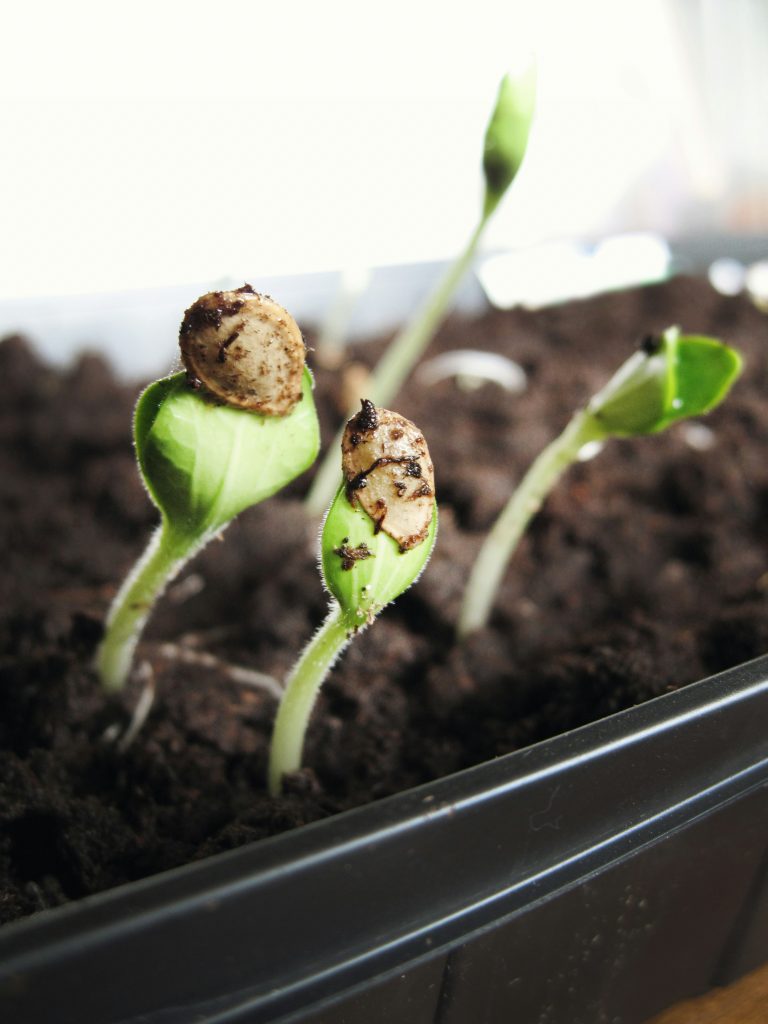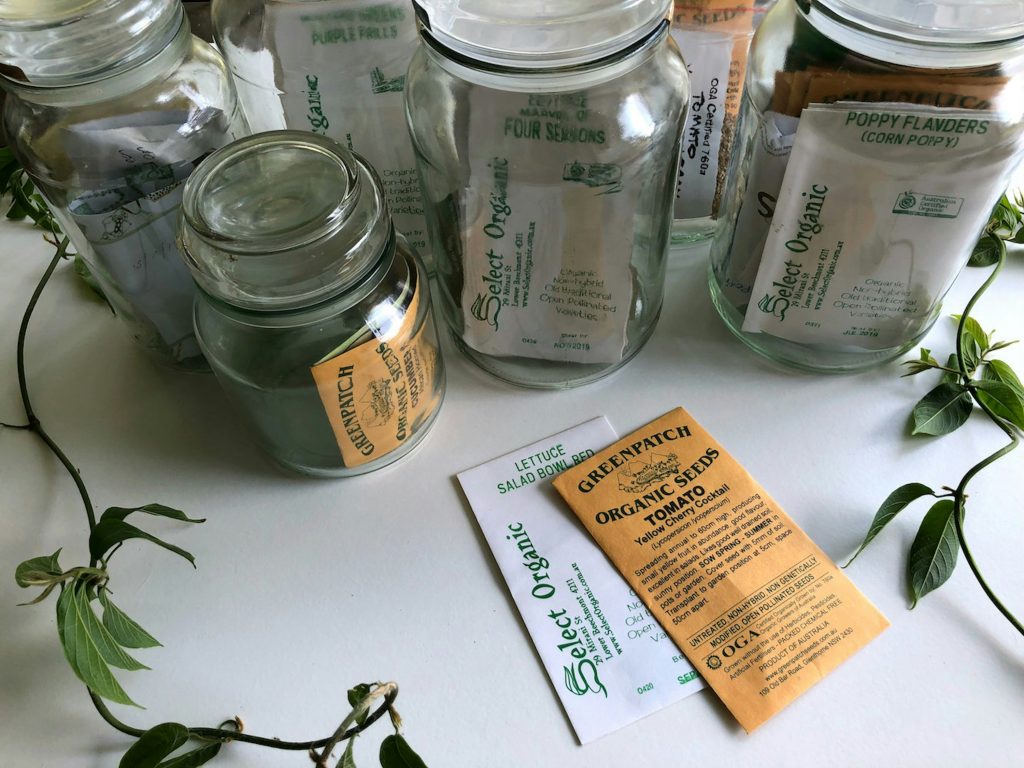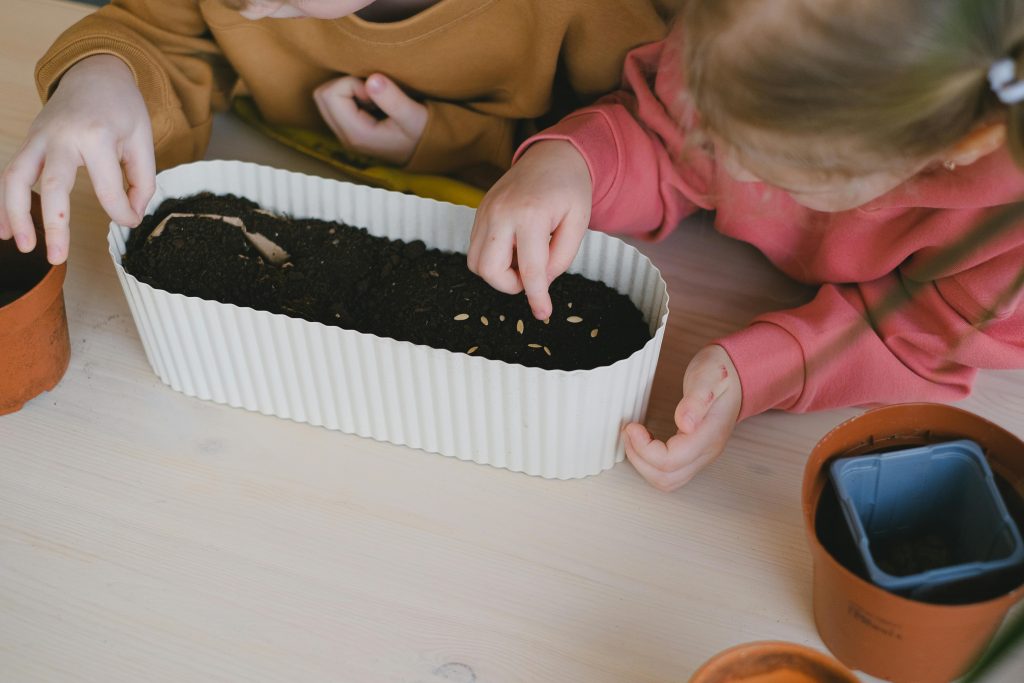Saving seeds from your favourite garden plants is a rewarding process that allows you to regrow the plants you love year after year. Not only does this practice foster self-sufficiency, but it also supports biodiversity and preserves culturally significant plant varieties.
Seed saving is both an art and a science, which has been steadily gaining traction among gardeners looking to make a lasting impact on their gardens and beyond.
The Benefits of saving seeds
When you save seeds from a plant that has thrived in your garden, you’re essentially preserving its lineage for future seasons. This not only ensures that the successful traits of the plant are carried on but also allows you to share these seeds with other gardeners, strengthening communal ties and promoting the continuation of diverse plant varieties. Additionally, by passing down these seeds to younger generations, you can create a living legacy in your garden, allowing your descendants to enjoy the fruits—or flowers—of your labour.
Choosing the right seeds to save
Starting with the right plants is key to successful seed saving. For beginners, tomatoes, loose-leaf lettuce, peas, and beans are excellent choices due to their self-pollinating nature, which helps maintain genetic consistency. Flowers like sunflowers, marigolds, zinnias, poppies, and calendulas are also great options, as they produce an abundance of easily harvestable seeds.
When selecting plants, opt for heirloom or open-pollinated varieties, as these are more likely to produce seeds that are true to type, meaning their offspring will resemble the parent plant. Hybrid plants, on the other hand, may produce seeds with a mix of traits, leading to less predictable results.

Pexels
Even with self-pollinating plants, it’s essential to plan your garden layout carefully to prevent cross-pollination between different varieties of the same species. A distance of 3-6 meters between these varieties is generally recommended, though the required distance increases for plants like squash, cucumbers, and melons, which are more prone to cross-pollination.
Throughout the growing season, maintain your plants’ health by managing diseases and pests. Healthy plants will produce higher-quality seeds, ensuring that the next generation of plants is just as robust.
Gathering and drying your seeds
The best seeds come from the healthiest and most productive plants. Keep an eye on your garden throughout the season, noting which plants resist pests and diseases, bloom at the right time, and produce abundant flowers or fruit. Once these plants have reached full maturity, you can begin the seed-gathering process.
For flowers like calendulas and sunflowers, wait until the blooms have dried on their stalks before collecting the seeds. You may need to cover the flowers with paper bags to protect them from birds. For smaller seeds, such as those from marigolds or zinnias, cut off the flower heads and separate the seeds from the rest of the plant material. Ensure the seeds are completely dry before storing them.
Saving vegetable seeds
Each type of vegetable requires a different approach to seed saving. For example, with loose-leaf lettuce, allow the plant to bolt and produce flower stalks. Once the feathery white seeds appear, you can collect them by shaking the stalks into a paper bag. Beans and peas should be left on the plant until their pods dry and turn brown, after which you can shell them and store the seeds.
Tomato seeds require a bit more work: allow the fruits to fully ripen, then scoop out the seeds and ferment them in water for about a week. This process helps separate the seeds from the gel that surrounds them. After rinsing and drying the seeds, they’ll be ready for storage.

Unsplash
How to store your saved seeds
Proper storage is crucial to extending the life of your seeds. The ideal storage conditions are cool, dark, and dry. Double-bagging your seeds and placing them in the freezer is a reliable method that slows down the biological activity within the seeds, preserving them for future use.
Alternatively, you can store seeds in sealed glass jars in a cool basement or garage. Adding silica gel packets to the jars can help ensure the seeds remain dry.
When should I plant my saved seeds?
When spring arrives, you can either sow your saved seeds directly in the garden or start them indoors, depending on the specific needs of each plant and your local climate.
By saving and replanting your seeds year after year, you’ll not only enjoy the fruits of your labour but also contribute to a more sustainable and biodiverse garden.

Unsplash
ALSO SEE: PERENNIAL VEGETABLES FOR YOUR GARDEN
Feature image: Unsplash

